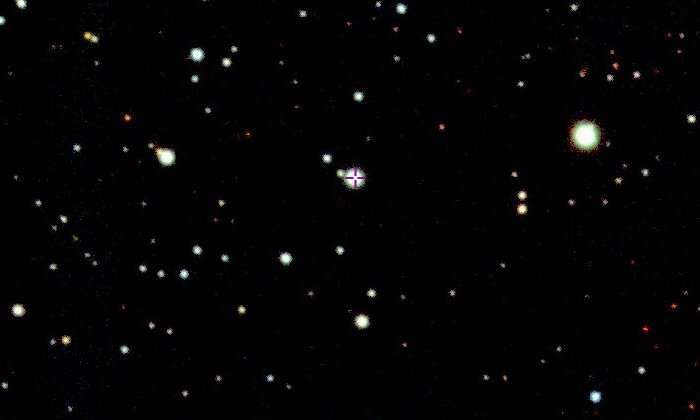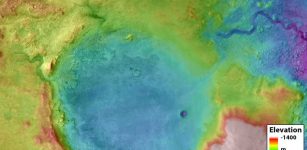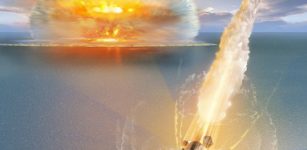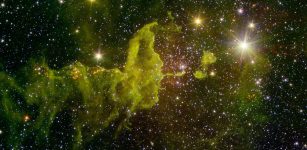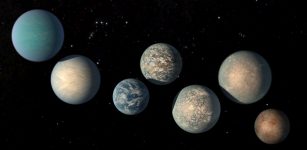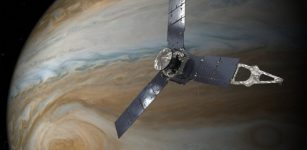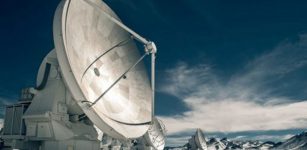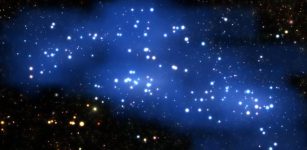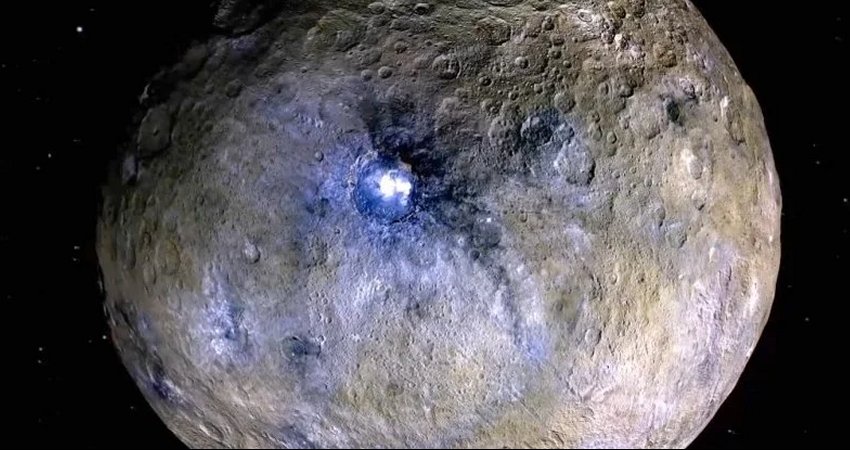Gigantic Explosion In Space Could Solve13-Billion-Year-Old Milky Way Mystery
Eddie Gonzales Jr. – MessageToEagle.com – Astronomers discovered the first evidence of the destruction of a collapsed rapidly spinning star—a phenomenon they describe as a “magneto-rotational hypernova”.
A massive explosion from a previously unknown source—10 times more energetic than a supernova—could be the answer to a 13-billion-year-old Milky Way mystery.
The previously unknown type of cataclysm—which occurred barely a billion years after the Big Bang—is the most likely explanation for the presence of unusually high amounts of some elements detected in another extremely ancient and “primitive” Milky Way star.
That star, known as SMSS J200322.54-114203.3, contains larger amounts of metal elements, including zinc, uranium, europium, and possibly gold, than others of the same age. Neutron star mergers—the accepted sources of the material needed to forge them—are not enough to explain their presence.
The astronomers calculate that only the violent collapse of a very early star—amplified by rapid rotation and the presence of a strong magnetic field—can account for the additional neutrons required.
“The star we’re looking at has an iron-to-hydrogen ratio about 3000 times lower than the Sun—which means it is a very rare: what we call an extremely metal-poor star,” said Dr. Yong, who is based at the ANU.
“However, the fact that it contains much larger than expected amounts of some heavier elements means that it is even rarer—a real needle in a haystack.”
The first stars in the universe were made almost entirely of hydrogen and helium. At length, they collapsed and exploded, turning into neutron stars or black holes, producing heavier elements which became incorporated in tiny amounts into the next generation of stars—the oldest still in existence.
Rates and energies of these star deaths have become well known in recent years, so the amount of heavy elements they produce is well calculated. And, for SMSS J200322.54-114203.3, the sums just don’t add up.
“The extra amounts of these elements had to come from somewhere,” said Associate Professor Chiaki Kobayashi from the University of Hertfordshire, UK.
“We now find the observational evidence for the first time directly indicating that there was a different kind of hypernova producing all stable elements in the periodic table at once—a core-collapse explosion of a fast-spinning strongly-magnetized massive star. It is the only thing that explains the results.”
Hypernovae have been known since the late 1990s. However, this is the first time one combining both rapid rotation and strong magnetism has been detected.
“It’s an explosive death for the star,” said Dr. Yong. “We calculate that 13 billion years ago J200322.54-114203.3 formed out of a chemical soup that contained the remains of this type of hypernova. No one’s ever found this phenomenon before.”
J200322.54-114203.3 lies 7500 light-years from the Sun, and orbits in the halo of the Milky Way.
The star was first identified as extremely metal-poor using SkyMapper and the ANU 2.3m telescope at Siding Spring Observatory in western NSW,” said Professor Gary Da Costa from ANU, head of the First Stars team in ASTRO 3D, adding that “detailed observations were then obtained with the European Southern Observatory 8m Very Large Telescope in Chile.”
Written by Eddie Gonzales Jr. MessageToEagle.com Staff

